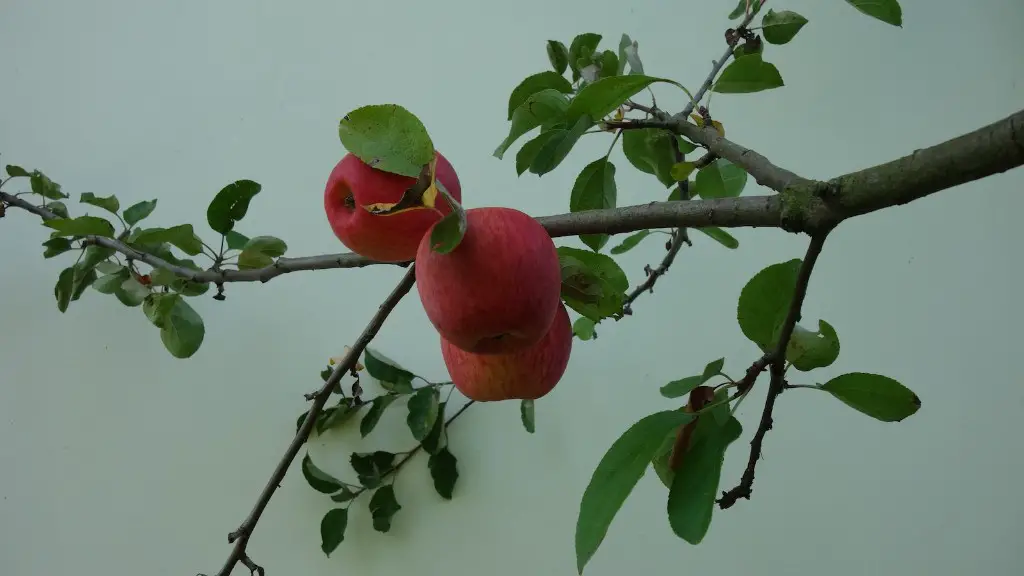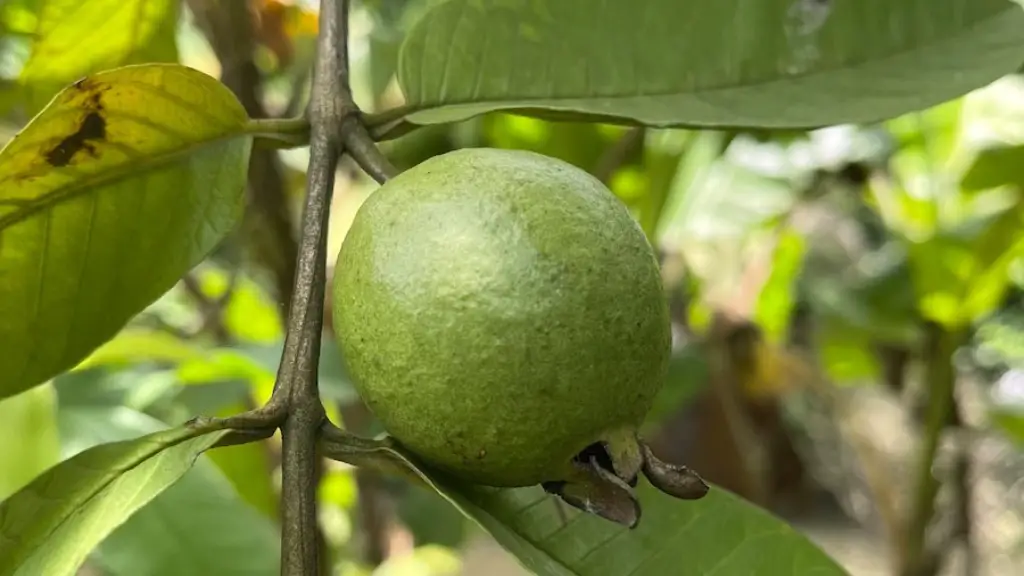The question of whether or not apples should be removed from a young tree is a tricky one. On one hand, apples are a prized fruit, and it would be a shame to prune them before they’re ready for harvesting – apples that aren’t ripe make for an unpleasant eating experience. On the other hand, apples are heavy, and excess fruit can cause branches to break and the tree to become unbalanced. In addition, apples can be a haven for pests, attracting them and potentially infecting other trees nearby.
It’s important to consider the particular circumstances of the apple tree in question before making a decision. How healthy is the tree? Does it show signs of weakness or disease? Does the tree already have a good structure or is it already leaning in one direction? Sometimes it’s beneficial to remove apples simply to allow the tree to focus its energy on other aspects of growth. If the tree looks like it’s struggling, it may be best to thin out its apples.
In more developed trees, it’s important to examine the core structure of the tree. Pruning away branches that cross or grow too close together can increase airflow, allowing light and air to penetrate the tree. This can ultimately improve fruit quality – apples that get more sunlight are typically larger and healthier than shaded fruit. If the tree doesn’t already have a good branch structure, it’s best to leave the apples until the branches are pruned and the tree is stronger.
Regular maintenance is important to keep a young tree in good shape. This includes pruning away dead or diseased branches, as well as thinning out clusters of fruits. It’s also a good idea to remove apples that are growing in an uncommonly awkward position. Apples that grow out of line with the rest of the tree can be difficult to harvest, as well as posing potential danger of branches snapping off.
Ultimately, it’s a personal decision whether or not to remove apples from a young tree. If the tree is in good health and has a strong branch structure, it may be best to leave the apples until the time comes for harvest. On the other hand, if the tree has structural issues or is facing other challenges, thinning out the fruit can help reduce the chances of damage and allow the tree to focus on other areas of growth.
What are the benefits of thinning out apples?
Thinning out a young apple tree can have several benefits. By removing some of the fruit, the tree’s resources are distributed more evenly, allowing the remaining apples to grow larger and develop more flavor. Thinning out clusters of apples can also increase air circulation, allowing more light and air to penetrate the tree and help protect against disease and pests. Finally, apples that are left to grow in awkward or dangerous positions can be removed, allowing the tree to reach its full-size potential without risking branch breakage.
What are some valid reasons for thinning out apples from a young tree?
Valid reasons for thinning out apples from a young tree can range from lack of resources to potential safety hazards. If the tree is struggling with competition from nearby trees, thinning out its fruits can help disperse resources more evenly. In cases where the tree is already unbalanced or beginning to lean, thinning out the apples can help with stabilization. Likewise, if there are apples growing in awkward or dangerous positions that put the tree at risk of branch breakage, pruning away these apples can be a wise decision.
What are the downsides of thinning out apples?
The primary downside of thinning out apples is that it reduces possible yield. If the apples are removed too early, they won’t get the chance to mature and could yield a smaller harvest than expected. Additionally, thinning out apples on a young tree can be detrimental if the tree is already weak or unhealthy. In these cases, thinning out the fruits can add additional stress onto the tree, making it more vulnerable to disease and pests.
What steps should be taken when thinning out apples from a young tree?
When thinning out apples from a young tree, it’s important to take certain steps in order to minimize damage and protect the tree from pests. First, it’s important to inspect the tree for any signs of disease, weak branches, or pests. If weak branches or excessive fruit are found, it’s important to prune the tree before the apples are thinned out. This will help to remove any potential hazards and allow the tree to focus its energy on maturing the remaining fruit.
When thinning out the apples, it’s important to remove them when they are still small. Large apples are heavy, and removing them can stress the tree. It’s important to carefully examine the apples in a cluster, selecting the smallest and removing the larger ones in order to help the apples that remain grow to their full size and flavor potential.
How often should apples be thinned out on a young tree?
A young tree should be thinned out once or twice a year, depending on the particular needs of the tree. If the tree is overcrowded or unbalanced, carrying too many apples, thinning out the fruit once before blossoming in the spring may be beneficial. After harvesting in the fall, thinning out the apples a second time can also be beneficial. This will help ensure that the tree is adequately prepared for the next season, giving it room to focus resources on growing healthy apples.
What tools should be used when thinning out apples from a young tree?
When thinning out apples from a young tree, an appropriate tool should be used. Gardening shears are one of the most popular tools for thinning out apples, as they can precisely remove apples without damaging branches. In certain cases, pruning saws may be necessary for removing larger branches or awkward apples, however these should be used with caution. It’s important to ensure the tree is stable before using a pruning saw, as the weight of the saw itself can put added strain on the tree.
How will I know if my young tree needs thinning out?
In most cases, a visual inspection will be able to indicate whether a young tree is in need of thinning out. If the tree is overcrowded or unbalanced, or if there are branches that cross each other or grow too close together, thinning out the apples may be necessary. Generally, inspecting the tree during a period when it is not in bloom can provide a better indication, as foliage and blossoms can obstruct a clear view of the tree’s health and fruit size.



